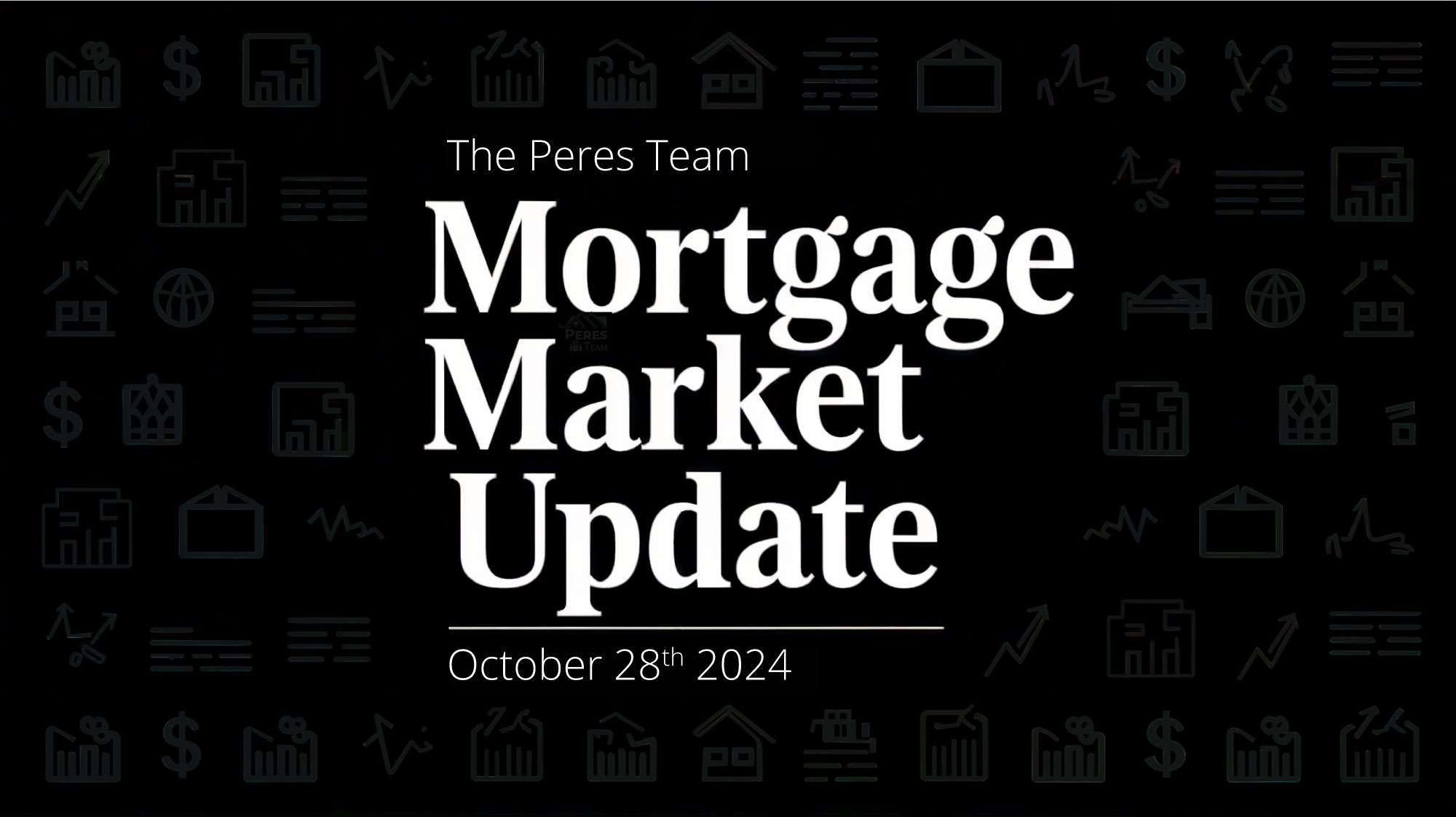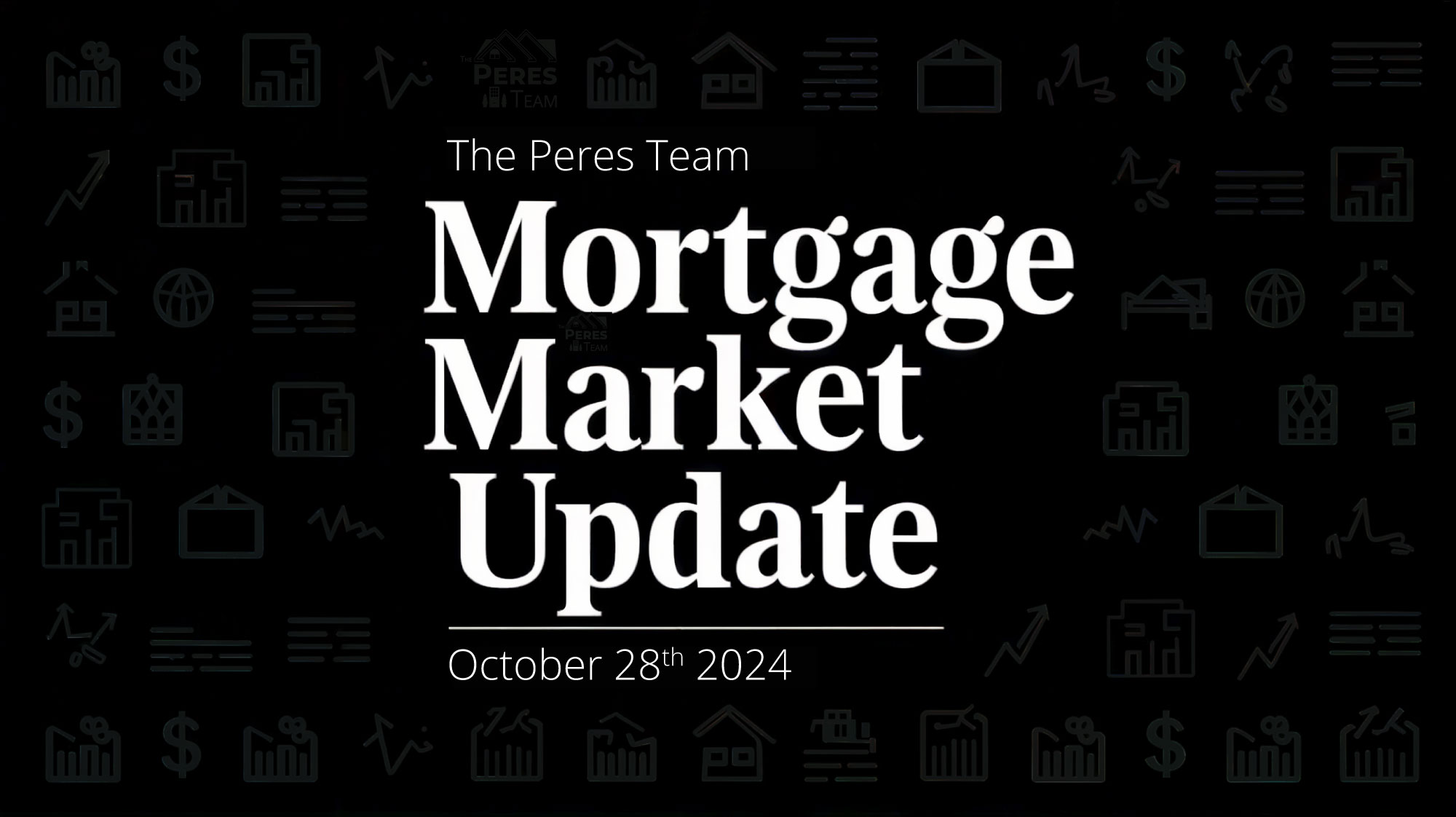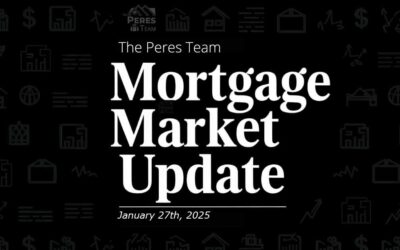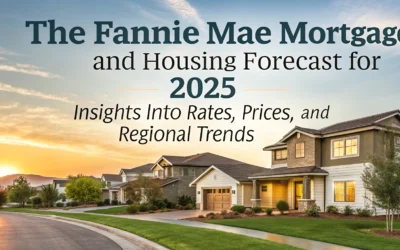
Current State of the Housing Market
Current State of the Housing Market
Decline in Existing Home Sales
Existing home sales have seen a significant decrease, hitting a 14-year low with an annual rate of 3.84 million units as of September 2024. This dip marks a pronounced response to both high mortgage rates and escalating property values, which have reduced accessibility and dampened residential investment. Such a decline reflects the financial strain that potential buyers are experiencing, a challenge that reverberates across the market.
This drop in existing home sales indicates a broader trend: many are either postponing their home purchase plans or exploring alternative options. Home buyers are now more cautious, considering not only mortgage rates but also long-term affordability and financial stability.
Mortgage Rate Trends: A Key Factor
In October 2023, mortgage rates reached a peak of 7.79%, a significant leap from rates witnessed over the past few years. Although there has been some moderation, with rates settling around 6.2% as of September 2024, this level remains substantially high. To put it in perspective, a $400,000 mortgage now incurs monthly payments that are over $1,200 more than during the historically low-rate period seen in recent years.
The impact of these high rates is twofold: they increase the cost burden on monthly budgets and restrict the purchasing power of many buyers. This financial weight is felt particularly by first-time buyers, who often do not have the same financial buffers as seasoned homeowners. For those considering a home purchase, these rates require careful budgeting, with many adjusting their expectations for home features and location to fit within current market constraints.
Affordability Challenges for Home Buyers
The Increasing Monthly Payment Burden
In 2024, the average monthly payment for a median-priced home requires approximately 36% of a household’s income, a stark increase from traditional standards...
Market Dynamics and Trends Shaping Housing Supply
Low Inventory and the "Lock-In Effect"
In 2024, the average monthly payment for a median-priced home requires approximately 36% of a household’s income, a stark increase from traditional standards. For reference, a more manageable ratio is closer to 25%, meaning home buyers are facing a significant gap in affordability. The reality is that without either a considerable income increase or a significant drop in both home prices and interest rates, the path to homeownership remains steep.
These affordability challenges are particularly tough for first-time buyers, who generally have less equity and savings compared to repeat buyers. The elevated monthly costs can mean limited options, making the current market especially daunting for new buyers with tighter budgets.
First-Time Buyers: Unique Hurdles in the Current Market
First-time buyers face some of the toughest obstacles in today’s market. Entry-level homes have experienced a steeper price increase compared to high-end properties, with values rising over 63% from 2000 to mid-2024. These rising costs for starter homes place a larger financial burden on new buyers, who are less likely to have substantial savings or home equity compared to repeat buyers. As a result, first-time buyers may find it harder to enter the market without seeking financial assistance, such as down payment grants or family support.
Recent Developments and Market Outlook
Federal Reserve Influence on Mortgage Rates
The Federal Reserve's monetary policy decisions have had a notable impact on the housing market. While recent rate cuts have provided some relief, the market remains sluggish. Only 2.5% of US homes changed hands in the first eight months of 2024, marking the lowest turnover rate in three decades. While additional rate cuts could potentially ease the market further, significant changes are unlikely without a more substantial reduction in mortgage rates.
With limited turnover, buyers and sellers alike find themselves in a waiting game, anticipating potential shifts in the Fed’s stance on interest rates. Any changes here could influence market dynamics considerably, either by encouraging more activity or maintaining the current standstill.
Refinancing Opportunities: A Silver Lining
Despite current challenges, there may be opportunities for existing homeowners if mortgage rates decline. Lower rates could drive a new wave of refinancing, offering homeowners a way to lower their monthly payments or access home equity. Increased refinancing activity may also help alleviate some inventory pressure if it encourages homeowners to move. For home buyers, especially those entering the market in the near future, watching for signs of a rate decrease could present more affordable options.
Market Predictions and Future Projections
Although the housing market is under pressure, there are some bright spots worth noting. For instance, new home sales recently increased by over 10%, signaling robust demand in new construction as buyers seek alternative solutions amid low inventory. Furthermore, existing home sales rose by 1.3% last month, breaking a previous trend of declining sales over the past four months.
Forecasts for the upcoming years suggest a modest increase in home prices, with expected rises of 2.1% in 2024 and 0.6% in 2025. This gradual appreciation reflects a market that, while still constrained, could become more balanced in the near future.
The US housing and mortgage markets continue to present obstacles for prospective home buyers, with high mortgage rates, limited inventory, and elevated home prices dominating the current landscape. Despite these challenges, there are signs of potential stability, including the possibility of more affordable refinancing options and modest price growth. As mortgage professionals, staying informed about these trends allows us to provide our clients with informed guidance and support tailored to their unique financial situations.
For home buyers, navigating this market requires patience, flexibility, and careful planning. By understanding the market’s nuances and monitoring potential rate shifts, we can help clients make the best choices based on both current conditions and future prospects.
FAQs
What factors are causing the decline in existing home sales?
The drop in home sales is primarily due to high mortgage rates and elevated home prices, which have made it more challenging for buyers to afford homes.
Why are mortgage rates still high?
Despite recent Fed cuts, mortgage rates remain high as they are influenced by both federal policy and economic conditions, which remain volatile.
How does the “rate lock-in” effect impact inventory?
Many homeowners with lower-rate mortgages are choosing not to sell, leading to tighter inventory and fewer options for prospective buyers.
What challenges do first-time buyers face?
First-time buyers face high costs for entry-level homes and limited inventory, making it harder to find affordable options without substantial financial support.
Will the Federal Reserve’s actions affect mortgage rates?
The Fed’s rate cuts could lower mortgage rates over time, but significant relief may depend on broader economic conditions and market responses.
Are there any opportunities for buyers or homeowners in the current market?
Homeowners may find refinancing opportunities if rates drop, while new construction may offer alternatives for buyers facing limited resale inventory.






0 Comments